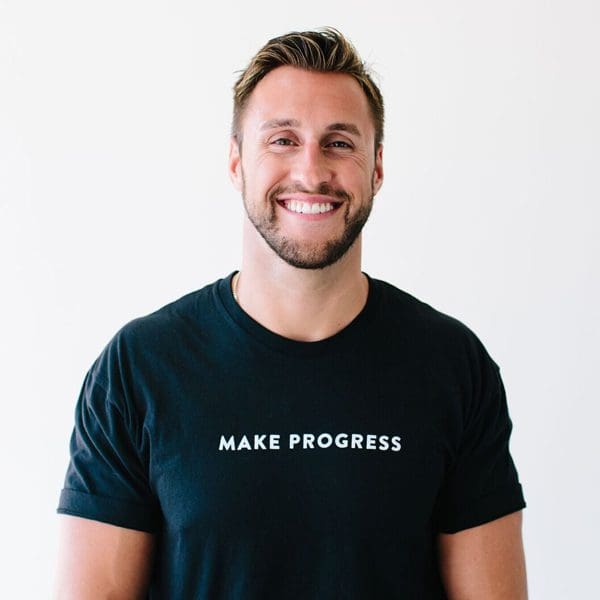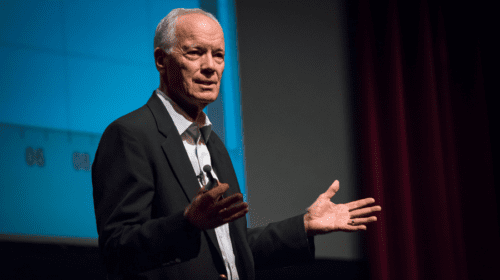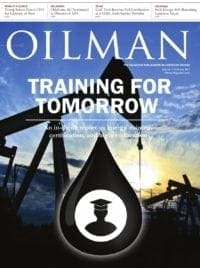An Interview with Nick Candito, CEO and Co-founder, Progressly

Jason Spiess: Since you are the founder, let’s start with the genesis of your company and then transition into what it is that you are doing today.
Nick Candito: What we are with Progressly is a way for companies to digitize their internal procedures in a way where we can make it so communication is tied to the processes that they are actually running on a day to day basis. We make it so the people who are actually executing those processes can be more efficient in how they do their jobs. And ultimately what we get to is data-driven insights around inefficiencies tied to those processes and where you can optimize through Progressly on an end-to-end platform.
JS: When you say digitize, are you talking about an App procedure to a software procedure?
NC: Specifically, with oil and gas, there are a lot of procedures that are paper right now, in like a true paper format – meaning they are hung up somewhere or you have a binder that you need to carry around. So the first thing we want to do is take their same procedures and move them to a digital format so it is easier to access it wherever you are. And then we can do a lot of things to how you need to communicate with teams that are in remote locations, in different time zones and tying to end-to-end stakeholders, i.e. move a process from start to finish. It is bringing the paper format to an electronic format where the power of software can start to help these companies with efficiency.
JS: Do you only work in oil and gas or do you venture into other industries?
NC: We definitely have clients outside of oil and gas. The industry that we first started with is energy and utilities. What we are really excited about is that there are a bunch of traditional industries where there are a few factors coming into play. This is tied to the fact that there is an aging workforce with a bunch of industry knowledge within these companies. They need to think about the next evolution and how they are going to stay relevant and productive. Our technology has had a wide application across industries like that. Transportation is a good example.
JS: Let’s go back to oil and gas and their push for remote monitoring. Whether it is an App or some software with drop down menus or in some cases, especially in pipelines, it’s becoming just automated. Are you involved in any of those examples or what niche within the energy industry are you finding success?
NC: It really touches on all three of your examples. And a good example is with Shell Oil, who is one of our biggest supporters. We focus on processes tied to management of change, stakeholder management and risk management; so things that touch the corporate office where there is a huge amount of transparency that is needed where you need to execute those processes effectively, and where it is very easy to hit a blocking point if you do not have something in place like a Progressly that enables you to move that process forward. So not only do we prevent the other when you are executing a manager of change process one time, we are able to do some of the automation for them around where there might be a block. We are recognizing there is the same problem time and time again. You can use Progressly as a platform to make a change to that process and then automate the way it is going to move forward across all those stakeholders who are involved.
JS: What kind of learning curve are you experiencing?
NC: I think it helps to be mindful of the fact that the big crew change is something that is coming to an industry like oil and gas. Fifty percent of the workforce is going to retire in the next 10 years. They are already thinking through what the next generation of work is going to do?
We align nicely with the workers that are
already in the company today. We fundamentally do not want to change the way their employees are doing their job at all. We give you a tool that helps you become more productive with the job they are doing. So really we fit into their existing workflow, then using the tool, which is designed to be as simple as possible, only then can you augment the way you are working.
JS: What are your biggest hurdles or
barriers to entry with your technology?
NC: We took the time to really get to know our customers in oil and gas. We emerged ourselves in the industry. Shell Oil and Valero came to us with some problems, and we wanted to make sure we listened thoroughly before suggesting any solutions our software could solve. Solving problems at an early stage they’ve essentially helped us create the story around what it impacts and what it means to the industry. Now that we’ve followed it more as a similar technology within our team, that was the biggest barrier to entry up until this point. Now I think we are at a really good point to accelerate our growth across the industry.
Jason Spiess is a multimedia journalist, entrepreneur and content consultant. Spiess has over 25 years of media experience in broadcasting, journalism, reporting and principal ownership in media companies. (Over 30 years experience if you count his adolescent years as a newspaper delivery boy learning the importance and logistics of daily distribution and monthly door-to-door bill collecting.) Spiess has worked in the areas of oil and gas, UAS and precision agriculture, health care, cannabis, agriculture, real estate, government affairs and economic development. Spiess is the host of two radio programs, Building the Bakken and Coffee & Capitalism, and three specialty programs, MonDak OilField Review, Corporate Ink and UnStuck, that carry a radio network that spans five states and two countries. Spiess is a North Dakota native and graduated from North Dakota State University.












